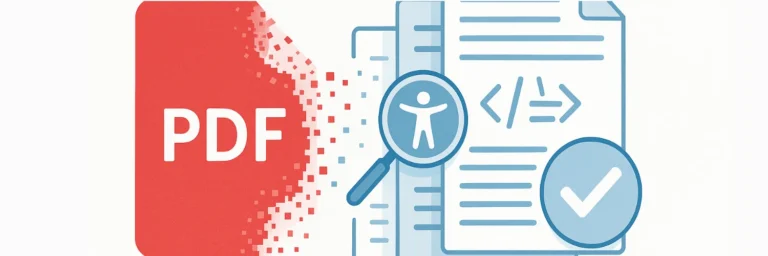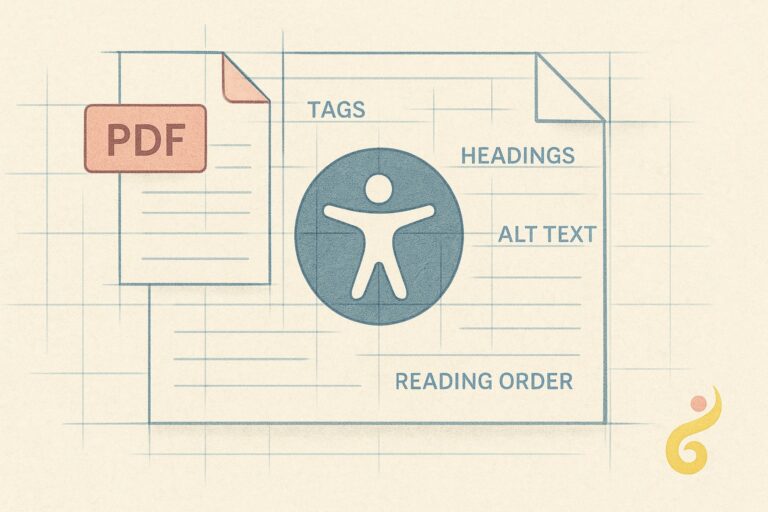Autonomy is where things start to feel different. It’s also where things start to feel real. Because autonomy is what elevates AI from being reactive — waiting for instructions, following your every click — into something that can operate on its own, on your behalf, within reason.
In agentic systems, autonomy means the ability to take initiative. The agent decides what to do next. It understands goals, prioritizes actions, allocates resources, and handles exceptions — all without waiting for a nudge. That doesn’t mean it’s unbounded. It operates within defined limits, like organizational rules, user preferences, or legal guardrails. But within those lines, it has freedom to move.
This isn’t about removing humans. It’s about removing bottlenecks.
Think of autonomous systems in supply chain management. An AI agent could monitor global shipping routes, weather patterns, and port congestion. If it detects a likely delay for a critical component, it could autonomously research alternative suppliers or shipping routes, evaluate costs and timelines, and even initiate a new order to prevent a production stoppage, all while flagging the decision and its rationale for human review. Amazon utilizes highly autonomous systems and robotics in its warehousing and logistics for inventory management and order fulfillment (see articles about Amazon’s warehouse AI tools, often covered by sources like TechCrunch). In the energy sector, AI agents can autonomously manage power grids, dynamically adjusting energy distribution based on real-time demand, renewable energy availability, and potential equipment failures to optimize efficiency and prevent blackouts, as explored by institutions like NREL (NREL – Generative Artificial Intelligence for the Power Grid) and described by companies like SmythOS in the context of autonomous agents in energy management (SmythOS – Autonomous Agents in Energy Management).
Think of a smart logistics agent. It knows the delivery schedule. It detects a weather disruption. It adjusts routes, informs drivers, notifies customers, and re-coordinates with warehouse systems — all without asking a supervisor what to do. That’s autonomy. Not magic, just capability.
Autonomous agents prioritize their own work. They know how to balance conflicting demands. They know when to pause and when to act. And perhaps most importantly, they know when to escalate. Autonomy isn’t recklessness. It’s bounded independence. The freedom to operate, with the wisdom to know the limits.
It’s also what allows agents to function in the background, picking up signals, responding to change, and nudging the human only when needed. They don’t need a handler. They need a mission.
In the SMART GEAR framework, autonomy is a hinge point — it connects perception to action. It’s what makes tool calling meaningful, execution possible, and reasoning relevant. Without it, your system is stuck waiting for permission. With it, it’s already on the move.
In Generative AI for the Curious Businessperson, we explore autonomy not just as a feature, but as a shift in mindset. It’s the beginning of trust. And it’s the difference between using an agent… and needing one.
Prompt used for “A” (Autonomy) – Iconographic (Clean): “A clean and modern iconographic representation for ‘Autonomy’ from the SMART GEAR framework. The letter ‘A’ is the central, prominent design element. Visualize the ‘A’ as a stylized arrow or a launch point for an independent path. A simple, abstract shape or a pulse of light in Accessory Yellow could be shown initiating movement from or through the ‘A’, navigating a pathway. The letter ‘A’ itself could be a solid Primary Blue or Dark Gray (Text), perhaps with dynamic lines in Accessory Orange incorporated into its structure to suggest forward motion and initiative. The style is professional, abstract, and iconographic. Background is #F5F5F5 (Light Gray). The overall feel should be about self-direction, initiative, and independent action within a defined space. Ensure no additional text, watermarks, or logos are present in the image. Aspect ratio 1:1.”





